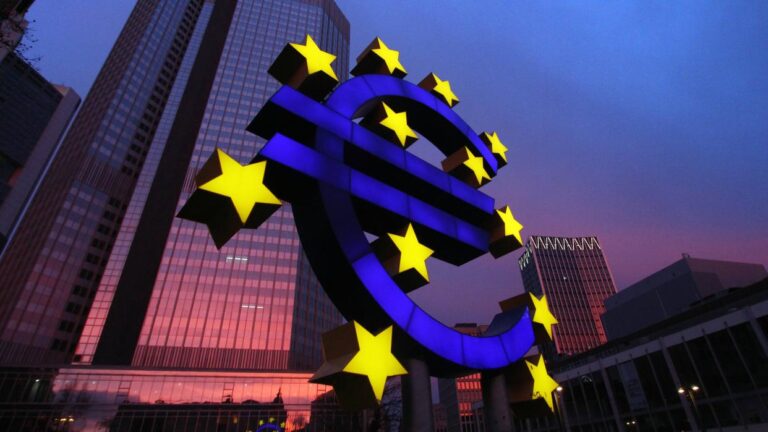
Mechanisms behind current US Dollar movements
Discussion and Analysis by Charles Porter:
The strength of the Euro against the dollar and the relative weakness of the dollar against other major currencies is primarily explained by adverse dynamics surrounding the US political economy.
Macroeconomic and political uncertainties in the United States (US) is being framed as partially responsible for the progression of the Euro-Dollar exchange rate in favour of the former currency. However, of considerable importance too is the relative strength of the Euro generated by promising macroeconomic performance and the lack of comment on the Euro’s strength by the ECB president, Mario Draghi, upon two opportunities last week.
Currency fluctuations resulting in a weaker US dollar are being blamed on the uncertainty generated by the Trump administration. Specifically, political uncertainty stems from the accentuation of the threat posed by North Korea in addition to uncertainty surrounding the timing of Trump’s promised tax reform and his admonition of disregard for a breach of the debt ceiling. In addition to the political uncertainty that feeding back into currency markets, uncertainty is being fostered by the macroeconomic management of the US central bank, the Federal Reserve.
Macroeconomic uncertainty created by the Federal Reserve is driven by fears of indecision and the uncertainty of future rate-hike timings. Increasing uncertainty around the US political economy is met by a risk-off investor climate. Therefore, as the market moves towards safer assets, of which the US Dollar is a usually quintessential member, the US dollar is being forgone for safer alternatives. The gains that the Euro has and is making against the dollar are arising because the single currency appears relatively more safe than previous evaluations.
On the back of promising data releases over the past weeks and two market-spurring speeches at Jackson Hole and in Lindau by ECB president, Mario Draghi, the Euro appears attractive. Despite the territorial threats unsettling Japan, the Yen has made considerable gains against the dollar this week. Ultimately, therefore, dollar weakness appears to be the driver of major currency fluctuations and exacerbated by the relatively security of other major currencies.
US consumer confidence results, due to be released at 3pm today, will be watched closely given the currency market backdrop. The most recent Eurozone consumer confidence data was strong and US Dollar based exchange rates are likely to be sensitive to the forthcoming data release.
Related Insights

Daily Brief – German Election
German Election With just 18 days to go to the German election, tensions are building. The centre right CDU whose leader Friedrich Merz is likely to be the next Chancellor is under fire for proposing a tougher immigration policy. That says his critics is similar to the far right AFD and verboten given the antipathy […]

Daily Brief – Harmful, Toxic, Biased and Insecure
Harmful, Toxic, Biased and Insecure Well it took less than one week: after the excitement that met the DeepSeek AI application, came the fight back, the negative press and the correct questioning as to whether DeepSeek is safe. Well surprise surprise, it does not tolerate or even answer questions prejudicial to China but there are […]

Daily Brief – Mission Driven
Mission Driven ECB President Christine Lagarde faced some polite but firm questions in the post 25bp interest rate cut presser yesterday afternoon. Given that Germany, France and Ireland which are all on the EU naughty step have the worst Eurozone economic performances and Eurozone inflation is 2.4% or 4% for services inflation versus GDP growth […]


 Humphrey Percy
Humphrey Percy